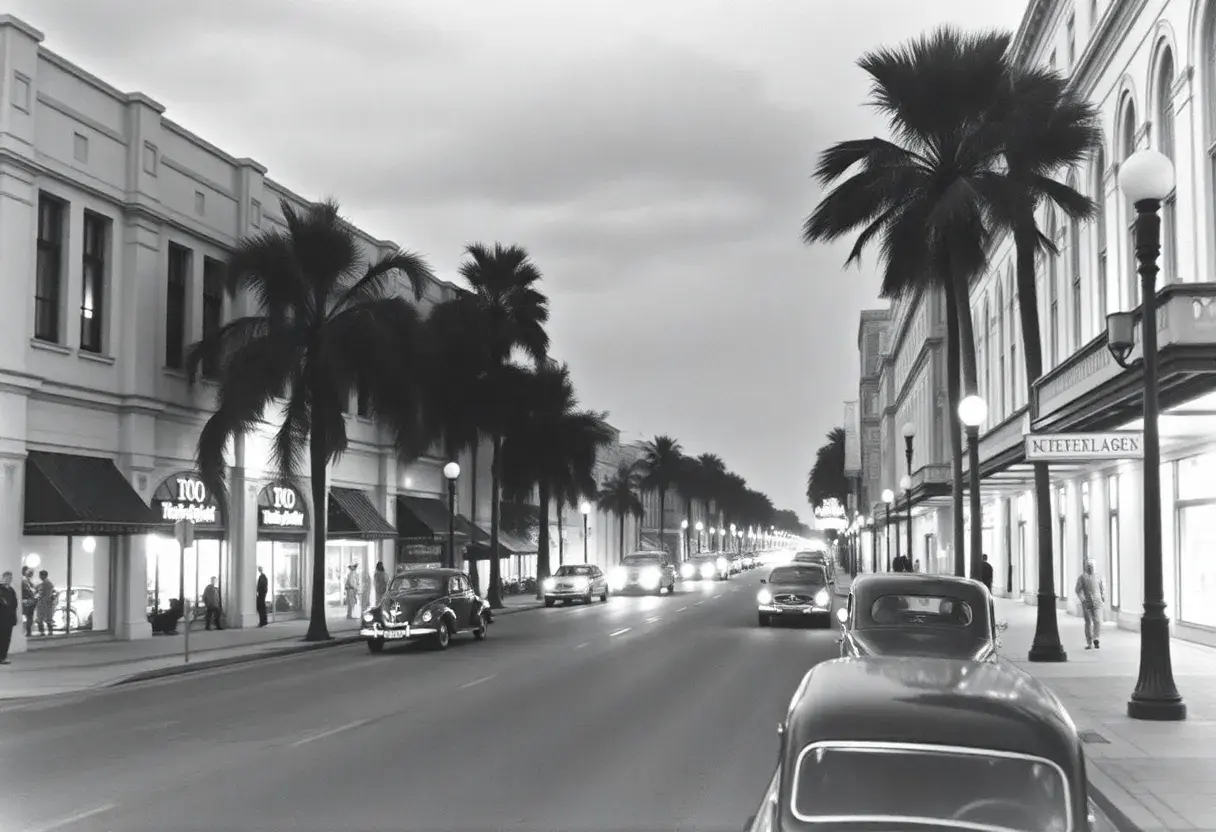History

Early Growth and City Formation
The settlement officially became a town on February 29, 1892, housing approximately 300 residents. By 1903, it had grown sufficiently to reincorporate as a city. The arrival of the Orange Belt Railway was instrumental in spurring development. St. Petersburg further distinguished itself in 1914 as the site of the world’s first scheduled commercial airline flight, connecting to Tampa via the St. Petersburg-Tampa Airboat Line, piloted by Tony Jannus.
The Roaring Twenties and Cultural Flourishing
The 1920s heralded a period of expansion, with the population climbing to over 14,000 by 1920. The Gandy Bridge, completed in 1924, established a direct link to Tampa, fostering further growth. St. Petersburg also emerged as a spring training destination for baseball, hosting teams like the St. Louis Browns and Chicago Cubs—a tradition that persists today.
Modern Renaissance
In the present day, St. Petersburg thrives as a vibrant cultural hub. Its downtown revival, stunning waterfront parks, and celebrated arts institutions—such as the Salvador Dalí Museum and the Museum of Fine Arts—underscore its unique blend of history and modern appeal. Cultural festivals and dynamic neighborhoods continue to attract residents and visitors alike.
From its origins as indigenous lands to its rise as a contemporary urban center, St. Petersburg embodies a story of innovation and perseverance, honoring its roots while embracing a dynamic future.
St. Petersburg, Florida, lovingly dubbed “The Sunshine City,” boasts a fascinating story of discovery, transformation, and cultural growth.
Indigenous Roots and European Explorers
The region’s origins trace back to the Tocobaga people, the indigenous inhabitants of the Tampa Bay area. In the early 16th century, Spanish explorers such as Pánfilo de Narváez in 1528 and Hernando de Soto in 1539 became some of the first Europeans to arrive, marking the area’s initial contact with Europe.
Early Settlers and Establishment
During the 1830s and 1840s, pioneers like Odet Phillippe, a French Huguenot from Charleston, and the McMullen family from Georgia, made their mark in the Pinellas region. They cultivated citrus groves and reared cattle, laying the groundwork for future communities. Following the Civil War, John C. Williams of Detroit acquired land in 1875, envisioning a flourishing settlement. His collaboration with Peter Demens, a Russian aristocrat, brought the Orange Belt Railway to the area by 1888. According to local lore, a coin toss between Williams and Demens decided the city’s name, with Demens naming it after Saint Petersburg, Russia, his birthplace.

